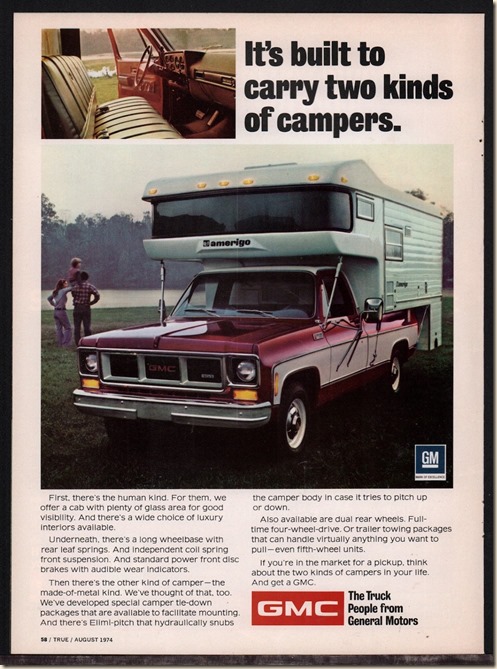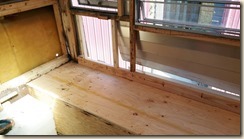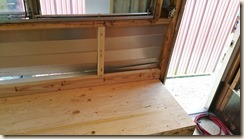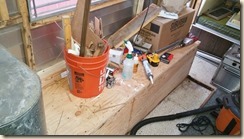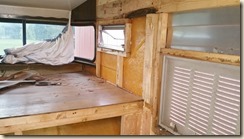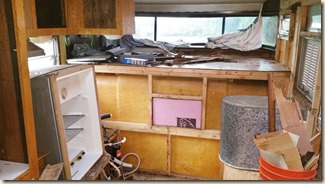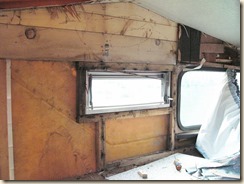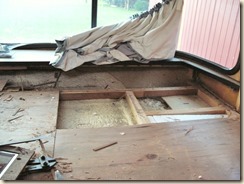Rot, just when you’ve thought you found all of it in an area, you find a bit more ![]() .
.
In this instance, it actually wasn’t alot, the bulk majority was in the bottom three inches of a board, the downside is said board was also key to tying the floor into the rear wall.
Didn’t help that in my process of trying to remove the corner 2x2, I broke the one it was joined to and ended up having to replace both…..
So, off came the siding on the rear of the wall, mercifully it was two pieces, out came the glued together threesome of 2x2s (not sure why they did that, discovered they didn’t even do that on the other side when I worked on it), and sadly, also out came the corner board of the rear wall, because it snapped in two when I was trying to separate it from the corner pieces.
Ended up replacing it with a single 2x6, again not understanding the supposed “cost savings” of having to have someone cut three pieces of 2x2 and glue them together, vs cut one 2x6 once, and glue and screw it in…..
Before tying the rear wall and the new corner back together, I jacked the camper up using the new jack on its bracket to put a piece of 2x2 underneath and then lowered it back down to use the camper’s own weight to help lift the floor back up and get rid of some of the butt sag.
Also made another “Where’s the Wood?” discover in this corner, as it appears that in ‘75 to save money, Gardner decided to just laminate in scraps of 5/8” plywood to use to anchor the screw strips along the outer edge, and then slap in a couple scraps of 2x4 using two-hundred staples along the edge to use for the seam between the siding and where the patio light went.
In 1974, there was 2x2s behind these areas, in 1975, just the chinzy plywood. So, I added in some 2x2 scraps I had left over to give me something substantial to tie the siding back into, as well as to anchor the screw strips in on the seams.
Extra plus, it got rid of a dented in spot in the siding that occured because there was nothing backign the siding.
The skirting around the stairs was toast, the plywood was rotted beyond any idea of salvage, but was still solid enough to trace onto a new sheet and cut out its replacement. Come to the realization that on this camper, if its plywood, it will all be 5/8” thick.
Bout this point, I installed the carriage bolts through the 2x2 on the right side of the door jam to tie in the new jack bracket. It also bolts through the new framing in the upper side wall where a 2x6 and 2x4 carry the jack load all the way up to the main header beam at the top of the wall.
In addition to these tie ins, there’s a reason for that plate that hangs down over the side the truck. To help with the lateral stress where these jacks attach, two of the original jack mounts were modified so that they will bolt flush through that plate and transfer part of the jack load into the underside of the wing, just as they did when the camper was originally built.
Missus waiting on the steps for me to put the camera away and go in for the night.
And done!
The door now shuts square, the siding doesn’t have a dent in the lower part of the tail anymore (sadly has a couple new dents up at the top from where the siding had been buckled from the rear sag that I repaired), and the camper no longer makes an ominous creaking sound when I climb up and down the stairs ![]() .
.
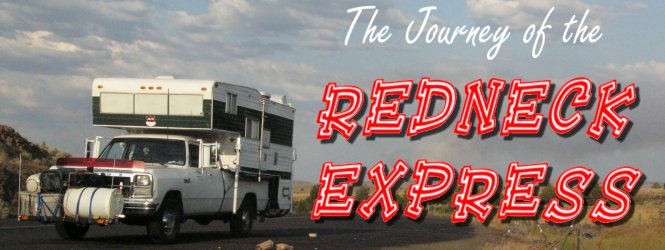

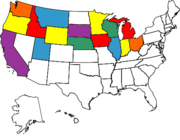


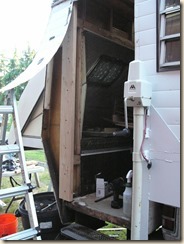






![[image]](https://lh3.googleusercontent.com/-7LL7-hx1HSg/V0VQOGlgFPI/AAAAAAAAD0g/R5Otfxlt2Q8/P1150364_thumb%25255B1%25255D.jpg?imgmax=800)
